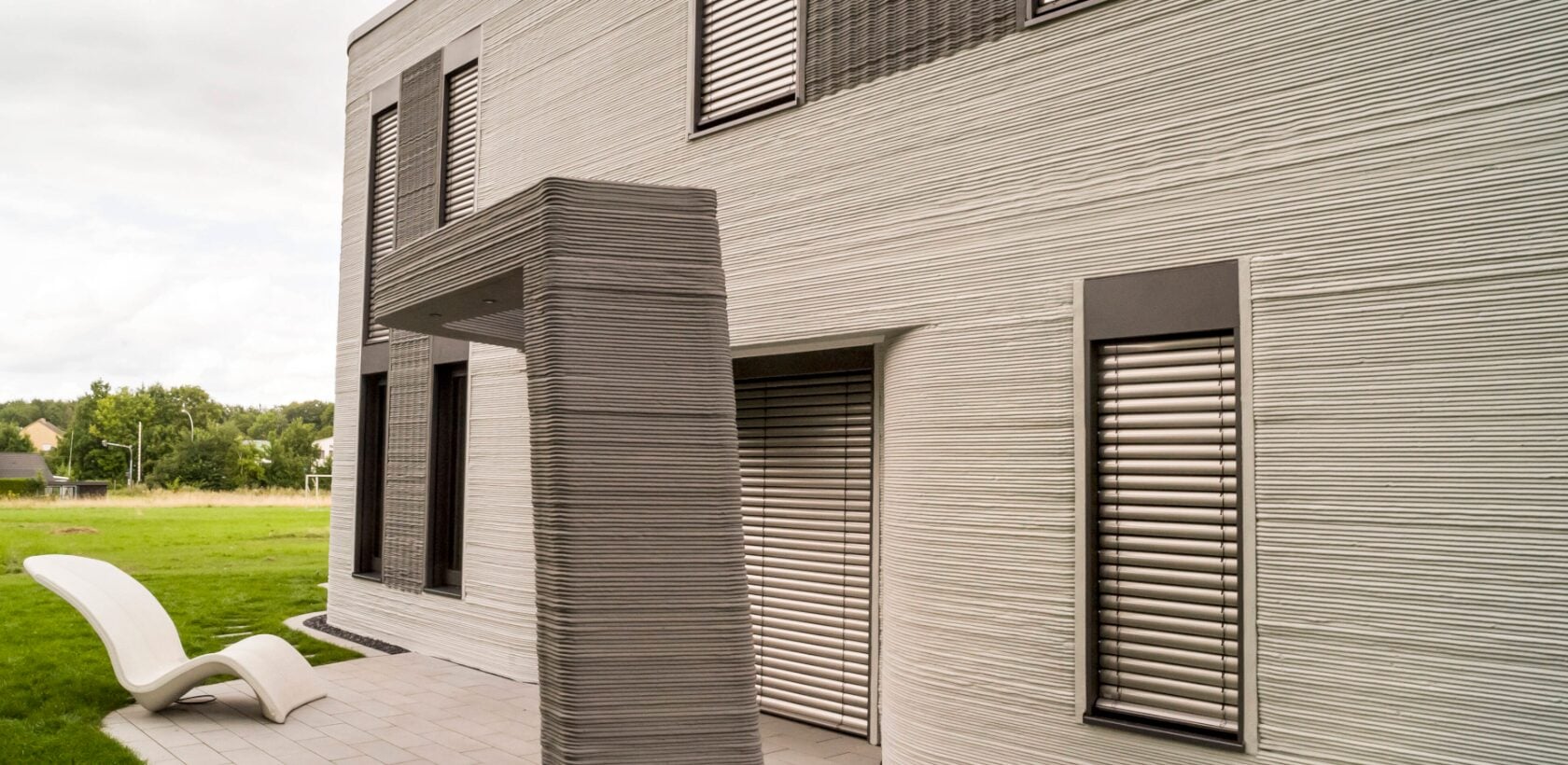Context and Purpose
The article "So bauen und wohnen wir 2040" published by Good Impact on April 2, 2025, envisions the future of sustainable housing and construction practices in Europe. It presents a scenario in which circular construction methods are not just adopted but are essential for meeting climate goals. The authors, including architect Christina Fuchs and others, illustrate a future where building components are reused and repurposed, contributing to a sustainable urban environment.
Circular Construction Practices
In Hamburg-Altona, buildings are no longer demolished but "harvested." This process involves deconstructing structures to reclaim valuable materials, which are then used in renovations. The article emphasizes that demolition is strictly forbidden unless no other option exists. This shift has turned buildings into "urban mines," where components are salvaged for future use. The construction landscape is rapidly changing, with new constructions occurring only when sites become available through deconstruction or when sealed surfaces are restored to nature.
Design by Availability
Architect Fuchs describes her work as "design by availability," where the materials currently accessible dictate her designs. She collects items like steel beams and ceiling elements from deconstructed buildings, utilizing a digital material passport to track available components. This practice not only promotes sustainability but also fosters innovation in architectural design.
Sustainable Construction Technologies
The article highlights advancements in construction technology, including the use of electric machinery, which significantly reduces pollution at construction sites. It discusses the incorporation of 3D printing technology, which allows for materials that cannot be reused in whole to be crushed and processed into new components. This innovative approach saves materials and time, with the potential to create complex structures efficiently.
Repurposing Old Buildings
Luis Elbaz, another architect featured in the article, is involved in transforming an old cable factory into residential space. The article notes that due to a decline in membership in churches and reduced parking needs, more buildings are available for repurposing. The renovation projects must meet strict guidelines, using primarily recycled or renewable materials.
Room as a Service
The concept of "Room as a service" is introduced, which facilitates shared living spaces and promotes the use of existing buildings for multiple purposes. This approach aims to provide adequate living space while addressing the housing shortage without new construction. The article cites research indicating that 25 square meters per person can suffice if public spaces are available.
Future of Sustainable Housing
The authors argue that within ten years, the construction sector should aim to be 100% circular and emissions-free. The Netherlands is cited as a leader in circular construction, implementing regulations that encourage sustainability. The introduction of a CO2 tax on building materials has accelerated the shift towards sustainable concrete and other eco-friendly materials.
Energy Production and Biodiversity
Innovative building designs now include energy-producing elements, such as facades with solar cells made from organic materials. This not only harnesses renewable energy but also supports local biodiversity by attracting various pollinators. The integration of nature into urban environments is emphasized as essential for improving air quality and community well-being.
In summary, the article provides a comprehensive look at how sustainable practices, innovative technologies, and a focus on circular construction can reshape the future of housing in Europe by 2040.
